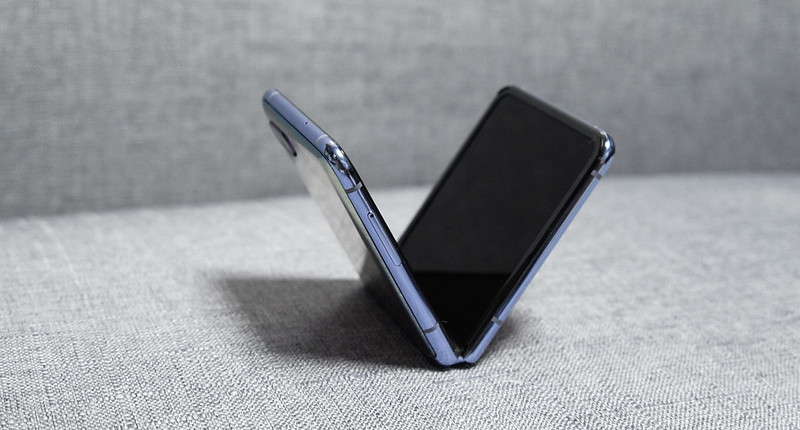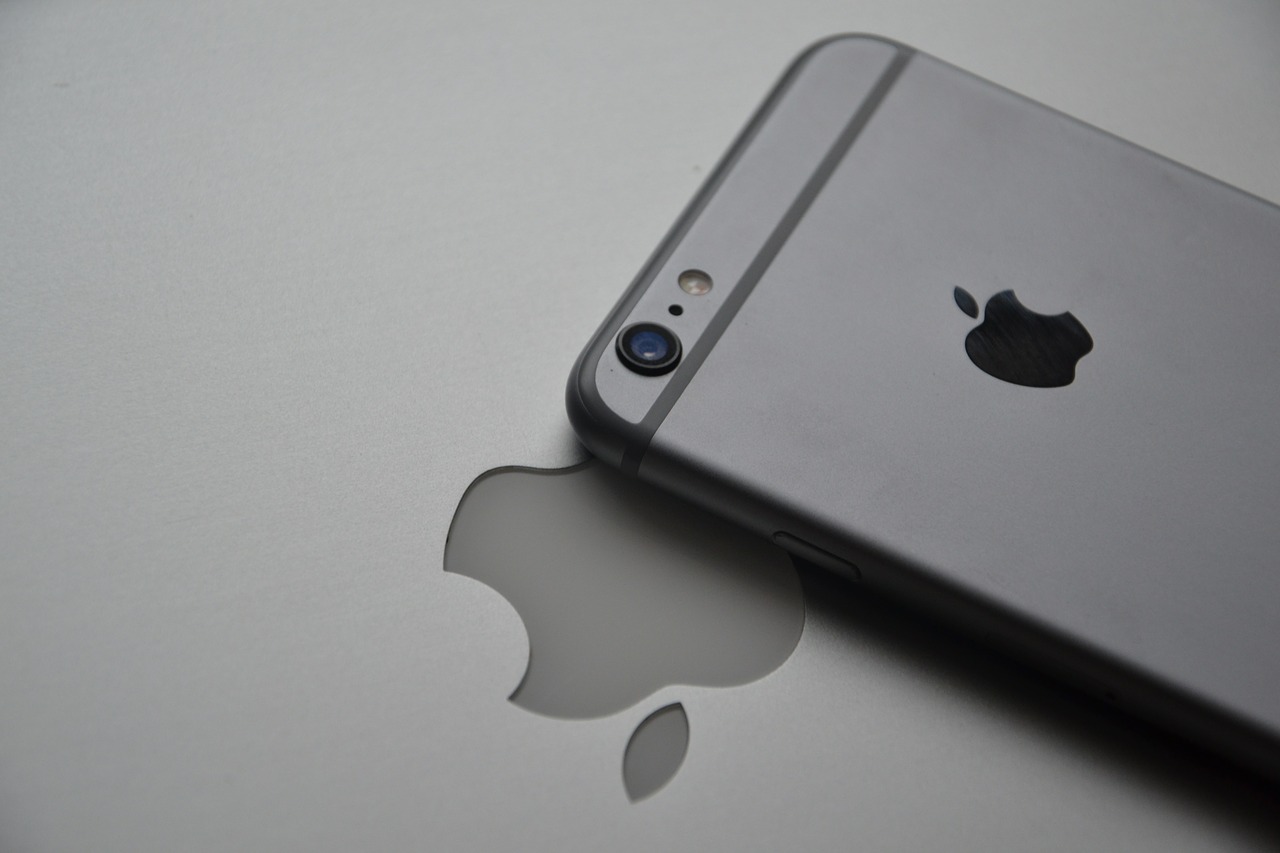Smartphones have come a long way over the last decade. Thanks to technological advancements, they are continually being improved. Manufacturers are investigating several new concepts that could impact smartphone design and the way that we use handheld digital technology.
From buying groceries, to finding a partner, to following the news, to implementing a new fitness regime, smartphones have revolutionized the way we live our lives. In this article, we examine the future of foldable devices and learn how 5G technology could create vast advancements in the industry.
Foldable Devices: Fad or Innovation?
Bendable screens are already a reality, but is this a passing fad, or are they here to stay? Like the clamshell phones of years past, tomorrow’s smartphones may flip open to reveal a screen, folding shut for pocket storage. Made famous by movies like the The Matrix, flip phones were incredibly popular in their heyday. But is there still a market for the folding cell phone?
Tech companies like Motorola, Huawei, and Samsung certainly hope so. In an effort to present something new and exciting, cell phone manufacturers have come up with foldables such as Lenovo’s Motorola Razr, priced at $1,500, and the Samsung Galaxy Z Flip, retailing for $1,380.

For decades, tech manufacturers have experimented with new incarnations of the smartphone, driven partly by consumer feedback. Bigger screens, sharper cameras, and longer battery life are all things that many of us want from our handheld devices. Folding screens may not top most people’s wish list, but could this new innovation catch on?
Foldable Phones: Pros and Cons
Foldable phones do have their advantages. They provide a highly-portable large screen. When they have finished, users can simply fold the devices up and put them in their pockets. Nevertheless, at this stage of development, there are numerous downsides.
Firstly, to make gadgets bendable, some durability must be sacrificed. Foldable phones are typically covered by plastic rather than toughened glass, and plastic is much more fragile. Though they are quite well protected while they are closed, foldables are extremely susceptible to screen damage if they are dropped.
Another disadvantage is the visible crease when the phone is opened up. Critics describe it as something of an eyesore compared with the seamless display of traditional smartphones and tablets. Finally, it remains to be seen whether foldable hinges will stand the test of time.
The Verdict: Foldable Device Technology Is Still in Its Infancy
There have been some major glitches with the few foldable devices, starting with Samsung’s Galaxy Fold. When the device was released to tech reviewers last year, it broke within days. Similarly, the Motorola Razr failed to impress. According to early reviews, it suffered from a fussy hinge as well as poor battery life.
Paolo Pescatore, technology analyst for PP Foresight, explained that foldables are essentially “a solution looking for a problem.” He said that with little to no demand, why rush development of this new technology?
It is certainly worth keeping an eye on folding screen technology, though many experts caution against rushing out to buy one while this new technology is still in its infancy. Foldables come in many different forms, from Huawei’s Mate X, to larger bendable devices, like Lenovo’s ThinkPad X1 Fold. However, all of those concepts share the same key component: a hinge, which could prove to be the device’s Achilles heel.
The Global Rollout of 5G
Experts predict that the global implementation of 5G will have a massive impact on smartphone technology. There are several key advantages to 5G, including: providing a better signal in a crowded environment; facilitating unlimited data plans; video streaming will become as easy as music streaming, even with a low-quality internet connection; and apps will no longer be limited by phone hardware, since 5G will enable mobile devices to connect to the cloud.

This technology could enable smartphones to run up to 100 times faster than they do today. It could potentially transform much more than just smartphones. In fact, 5G could revolutionize a variety of different industries, including cars, robots, retail, health devices, and virtually any other digital technology.
Further, 5G could be used to link streetlights and other devices to the internet. It could help farmers monitor their livestock and provide emergency responders with a better overview of an accident scene. Industry analysts believe that the power of 5G could potentially redefine the smartphone industry, blending smartphone solutions and the cable industry as consumers transition from broadband internet connections to 5G.
In terms of smartphone development, the rollout of 5G could provide a more immersive user experience, with telecommunications companies increasingly seeking to capitalize on speed. Experts predict that the new technology will enable users to download entire movies to their smartphone or handheld device in a matter of seconds, enjoying them in higher resolution than ever before.

